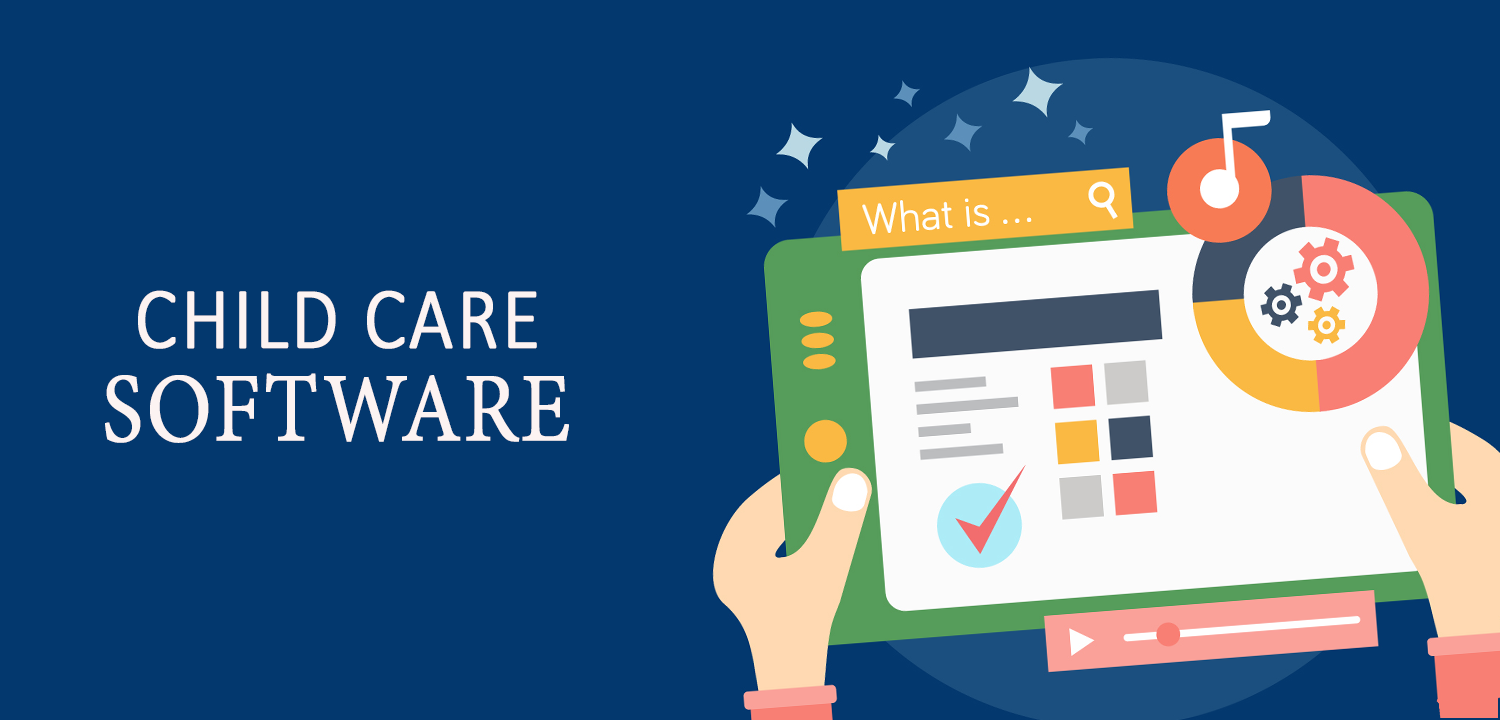Managing payments efficiently is a crucial element of running a successful childcare facility. Parents expect their transactions to be not only seamless but also trustworthy, ensuring that financial information remains protected and that payments are processed on time without errors. A dependable childcare payment platform addresses these needs by streamlining the entire billing process, eliminating manual work, and reducing the risks of missed or late payments. When families can easily handle their financial transactions through secure online portals, it builds confidence and encourages timely payments, which directly supports the operational stability of the childcare center. An effective payment system also frees up staff from administrative burdens, allowing them to focus more on providing quality care rather than chasing late payments.
Enhancing Security with Advanced Payment Technologies
Security is paramount when it comes to handling sensitive financial data. Childcare payment platforms employ cutting-edge encryption technologies and compliance standards such as PCI DSS to safeguard financial information from cyber threats and unauthorized access. Parents entrust these platforms with their credit card details and banking information, making it essential that the system offers multi-layered security protocols, including secure socket layer (SSL) encryption, tokenization, and fraud detection measures. Many platforms also feature two-factor authentication or biometric security options, giving parents peace of mind that their transactions are protected at every step. As cybersecurity threats evolve, childcare payment systems continue to adopt best practices to ensure all transactions remain confidential and compliant with industry standards.
Automating Payments for Consistent On-Time Transactions
Automation is a game-changer in ensuring timely payments, especially with recurring fees such as tuition, meals, or extracurricular activities. Childcare payment platforms enable institutions to set up automatic billing schedules, sending invoices and payment reminders ahead of due dates. Parents appreciate the convenience of automatic deductions from their bank accounts or credit cards, preventing late or missed payments, which can disrupt care continuity. Automated payment processes also reduce administrative workload, helping staff to shift focus from billing concerns to providing a nurturing environment. Capacity to customize payment plans—such as weekly, biweekly, or monthly payments—further aligns with families’ financial situations. Overall, automation fosters consistency, reduces errors, and cultivates a culture of punctuality that benefits both parents and providers.
Simplifying Payment Tracking and Invoicing
Keeping track of multiple transactions and generating accurate invoices can be complex, especially as enrollment numbers grow. A robust childcare payment platform consolidates all payment activity into an intuitive dashboard, providing real-time insights into outstanding balances, paid invoices, and upcoming due dates. This transparency helps both parents and administrators stay informed, reducing misunderstandings or disputes over payments. Most systems allow centers to generate detailed invoices automatically, which can be customized with branding and itemized billing to clearly communicate charges. Additionally, integrated reporting tools enable centers to analyze revenue trends, identify late-paying families, and generate financial summaries needed for accounting or tax purposes. Clear, organized records built into the platform streamline financial management and improve overall operational efficiency.

Offering Multiple Payment Options for Convenience
In today’s digital age, flexibility in payment methods is essential. Childcare payment platforms support a variety of options including credit and debit cards, direct bank transfers, e-wallets, and even mobile payment apps. This variety accommodates diverse family preferences and enhances convenience, reducing barriers to timely payments. For example, some systems integrate with popular methods like Apple Pay, Google Pay, or local banking apps common in specific regions, making the transaction process quick and accessible. Providing multiple payment options also minimizes the chances of delays due to payment method issues, fostering smoother cash flow for the center. When families have the ability to choose their preferred method, they are more likely to pay promptly, which helps the center maintain stable finances and plan for future growth.
Integrating Payment Platforms with Childcare Management Systems
A comprehensive childcare business relies on seamless integration between various management systems, and payment platforms are no exception. When payment modules are integrated with enrollment, attendance, and communication tools, it creates a unified platform that simplifies daily operations. For instance, when a parent enrolls a child, the system automatically links billing and updates financial records without manual input. Likewise, integration allows for automatic withdrawal of fees based on attendance records, reducing manual reconciliation. This interconnectedness minimizes errors, improves data accuracy, and enhances overall efficiency. By using an all-in-one solution, childcare centers can streamline their administrative workflows, offer a better experience for families, and ensure that payment processing is reliable and synchronized with other operational functions.
Preparing for the Future of Childcare Payments
As technology advances, childcare payment platforms are poised to become even smarter and more integrated. Artificial intelligence and machine learning tools will enable predictive analytics, helping centers forecast revenue trends and identify potential late payers before issues arise. Blockchain technology could further enhance transaction security and transparency by providing tamper-proof records of all financial activity. Mobile apps will become more sophisticated, offering features like real-time notifications, in-app payment